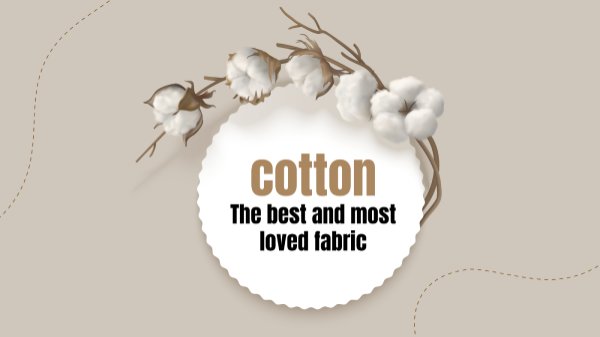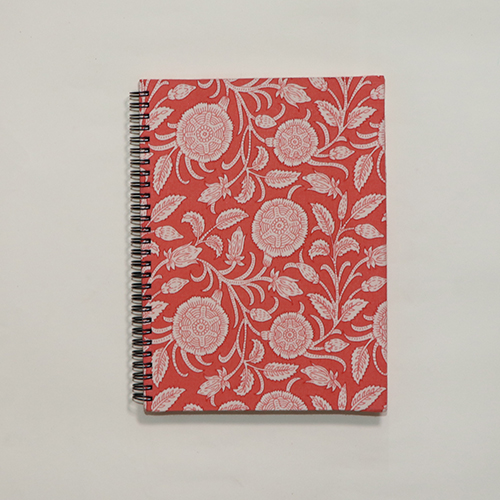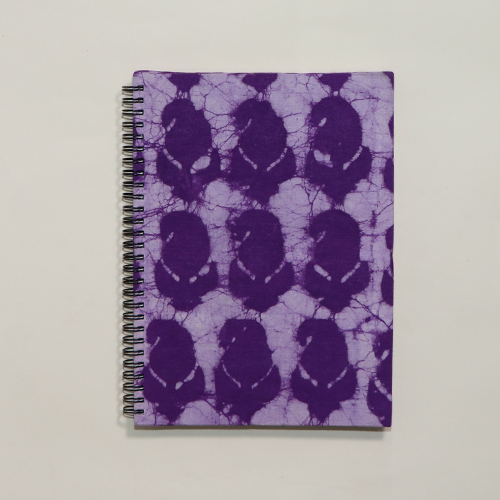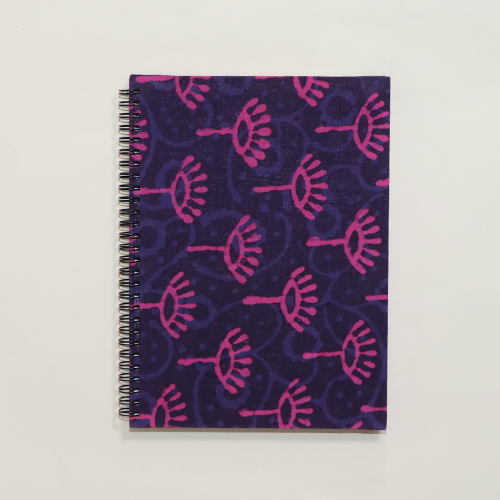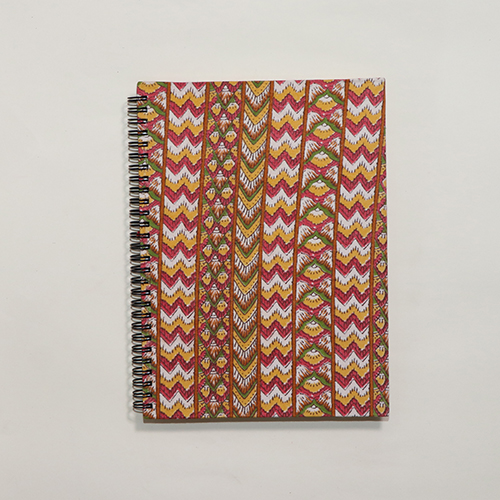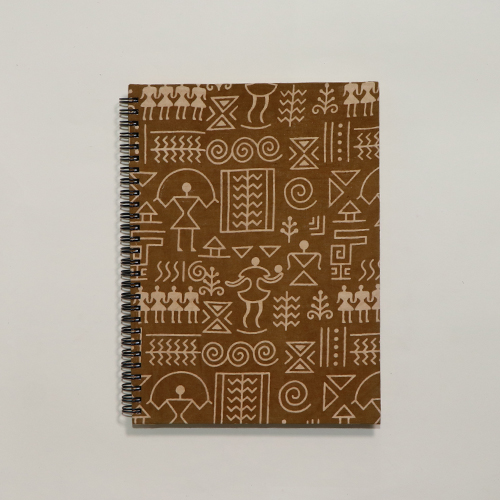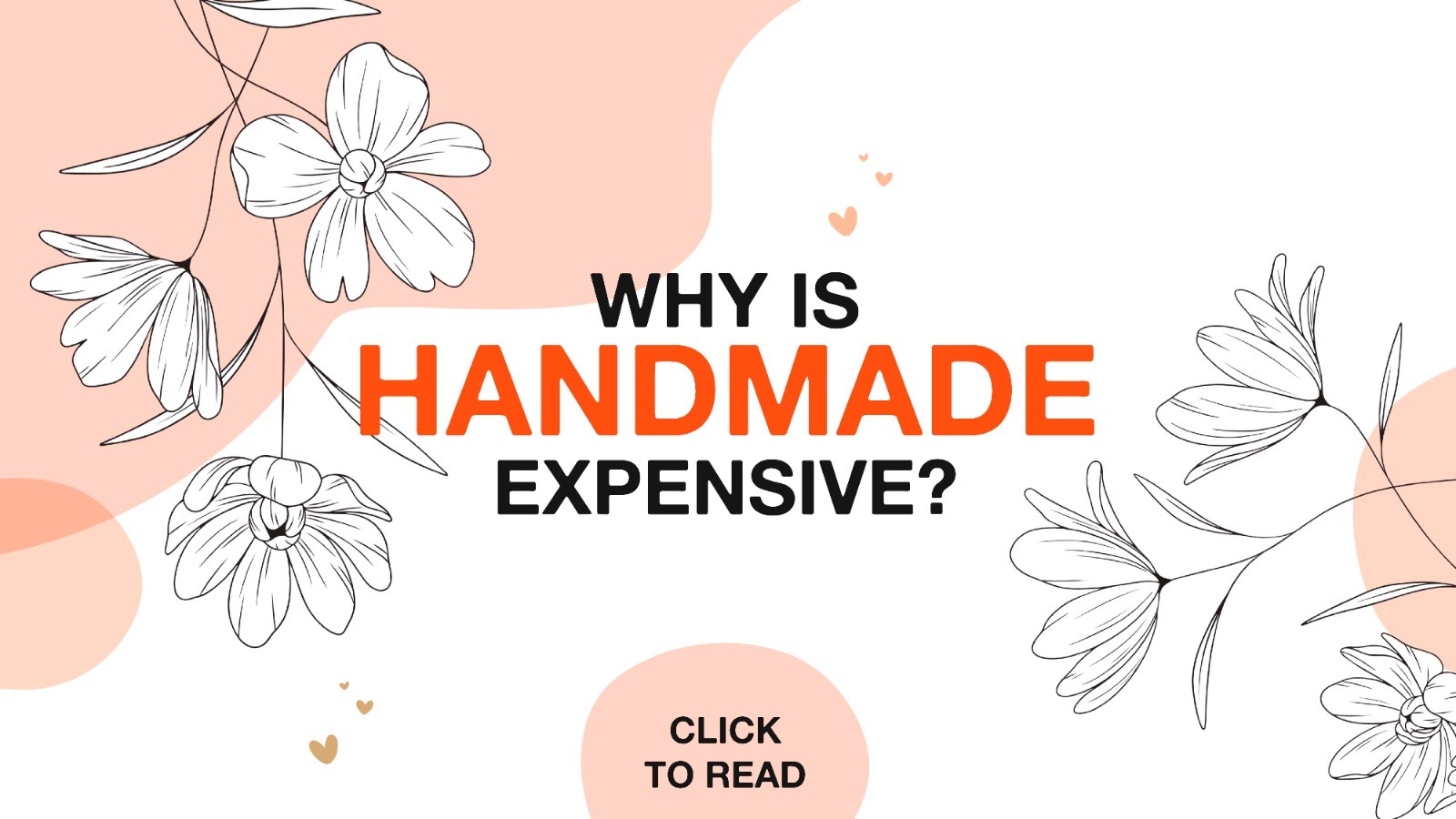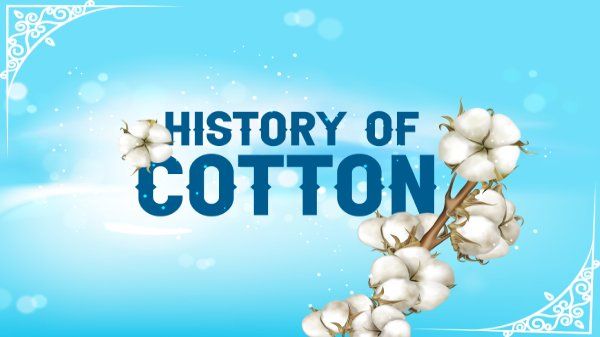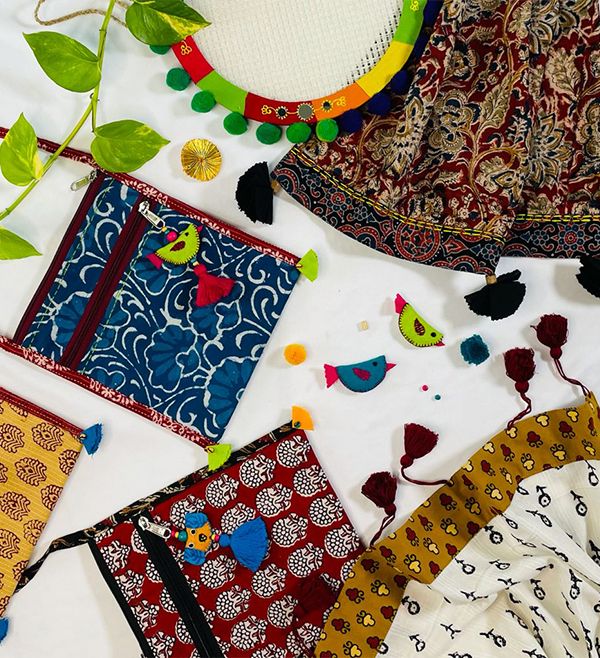Cotton has been a favorite fabric for centuries and is still a popular choice today. Its soft feel, versatility, and abundance make it an evergreen commodity in the fabric industry. It is used in a wide range of applications, from clothing and bedding to upholstery and home decor.
One of the most notable qualities of cotton is its soothing and cooling properties. Cotton is breathable and allows air to circulate, making it a comfortable fabric to wear in warm weather. It is also hypoallergenic, making it an excellent choice for those with sensitive skin.
Types of Cotton –
There are many types of cotton mainly –
-
Egyptian cotton – It has longer and silkier strands, which are soft, and durable. This marks for good quality of cotton. It is not easy to produce in large quantities. It is grown in the dry and hot climate of Nile River valley in Egypt.
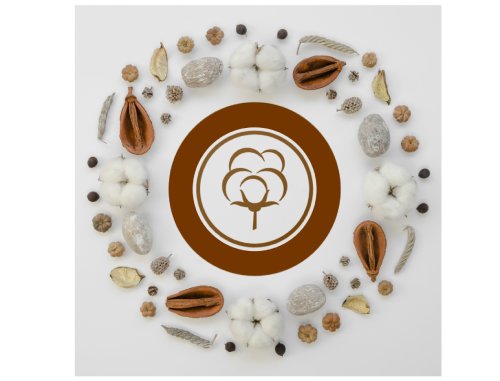
2. Pima cotton – It is the softest and finest quality cotton and has extra-long and strong fibers. It is a premium fabric that is resistant to tearing, pilling, fraying, fading and wrinkling.
3. Organic cotton - It is grown without the use of synthetic fertilizers or pesticides. Farmers choose natural methods such as crop rotation, composting, and beneficial insects to grow cotton.
4. Upland cotton – It has a high yield and is easy to grow. It forms 90% of the worlds cotton production. It is native to Central and South America.
5. Tree cotton – this variety comprises of less than 2% of total global cotton production in the world. It is a variant local to India and Pakistan, used widely in the prized fabric type – muslin. Muslin cloth is made from tree cotton fibers.
6. Levant cotton – This forms less than 2% of total cotton production in the world, and is primarily used to be spun into yarns and make variety of fabrics. The fiber also has medicinal uses, and the seed is highly toxic for humans and animals.
What to Look for When Buying Cotton Fabric
When it comes to picking out the perfect piece of cotton fabric, there are a few factors you want to consider.

First of all, make sure you check the label for the quality of the fabric. High-quality cotton is usually heavier and more tightly woven than low-grade versions. You should also look for any information about care of the fabric; if it’s pre-shrunk and colorfast, it’s easier to work with.
• Next, pay attention to color and texture. Does it match your vision for your project? Is it too light or too dark? Be sure to choose a piece that adds something special while also staying true to your original design. Cotton fabric is available in a variety of styles and textures, like corduroy, linen, twill, plaid and so much more! Have fun exploring your options!
The sustainability factor –
When it comes to sustainability, cotton has both pros and cons. On one hand, it is a natural and biodegradable material, which makes it a better choice for the environment than synthetic fabrics. On the other hand, conventional cotton farming is known to be resource-intensive and often involves the use of harmful chemicals and pesticides.
Organic way to go….
Organic cotton has become an increasingly popular option in recent years, as it is grown without the use of synthetic pesticides and fertilizers. Some brands are exploring more sustainable practices in the cotton industry, such as water conservation and regenerative farming techniques. As consumers, we can also make a difference by choosing products made from organic cotton and supporting brands that prioritize sustainable and ethical practices.
Different Uses for Cotton Fabrics
There are an infinite number of ways you can use cotton fabric!
It's most commonly used in apparel—everything from t-shirts to activewear to a classic white button-down. It's also perfect for crafting projects like pillowcases, curtains, and more. Cotton is even used in home décor items like bedding and quilts!
Really, the possibilities are endless. So, no matter what project you have in mind, there’s a cotton fabric out there that will work perfectly.
Advantages of Using Cotton Fabric
-
Cotton is breathable, making it a great choice for summer clothing. It also absorbs moisture well. It is perfect for all seasons.
-
It doesn’t release microplastics like other fabrics – polyester, nylon and acrylic when washed.

-
Cotton is durable and can withstand a lot of wear and tear, making it a good choice for upholstery and bedding. It also doesn’t wrinkle easily, making it a good choice for travel clothes.
-
It is a non-allergenic fabric, so it can be used easily, especially for people with sensitive skin.
-
Cotton is easy to care for; you can machine-wash and -dry it without damaging the fabric. It also comes in a wide variety of colors and patterns too.
-
The fabric does not cling – it doesn’t create a static cling, so is a reliable fabric for all. Cotton also has the advantage of no pilling. The pesky balls of tangled fiber that pop up on your clothes will stay permanently with other fabrics, whereas cotton will shed these pills in the wash.
-
Cotton does not soak up odors. For example, if you are cleaning or cooking, certain odors seep into your clothes. Cotton fabric sheds off these smells quickly in a wash, as compared to other fabrics.
-
Growing cotton ensures none of the plant part goes waste. Cotton seeds are used as cattle food and to make oil. The stalks are tilled back after harvest. All the parts of the plant are used for multiple useful things.
-
It is a compostable material and 100% bio-degradable. Some cotton blends may take longer for breaking down but pure cotton breaks down in less than 6 months.
Disadvantages of cotton fabric –

-
Although cotton is a promising fabric, it does have some drawbacks.
-
Cotton clothes fade over time, especially bright colored cotton fabric.
-
Cotton can shrink in hot water. It can shrink up to 3%.
-
When you wash colored cotton, the dye can bleed. It can often get mixed in the wash cycle and stain other light-colored clothes.
-
Wrinkled clothes are an added chore. Cotton clothes need more effort for ironing as they wrinkle easy. Although there are some high-quality cotton that claim smoother fabrics after wash.
How to Care for and Clean Your Cotton Fabrics
• Taking care of your cotton fabric is easy and straightforward. Generally speaking, cotton is low maintenance and can be washed with regular detergents without any problems.
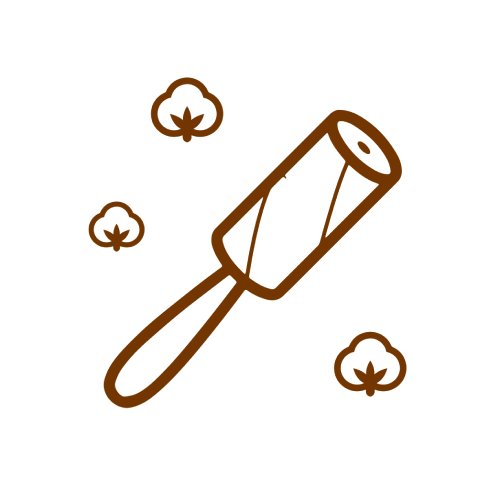
• To clean your fabric, just follow the instructions on the label—typically, a cold or warm water cycle and a low tumble dry setting will do the trick.
• Bleach can be added to wash cotton. Pre-treat any stains before washing.
• Since cotton shrinks, if you plan to stitch anything from the fabric, make sure you wash it first before stitching.
• Cotton can often wrinkle if not promptly removed from the dryer. Remove it soon after the wash and dry cycle.
• And if you want to store your fabric for a while, make sure to keep it in a cool, dry place away from direct sunlight. That way, you can ensure that it stays looking its best for years to come!
To conclude –
Cotton is undoubtedly one of the most loved and widely used fabrics across the globe. Its unique properties make it a versatile and practical choice for various applications, from clothing to home décor. By understanding the different types of cotton and how to care for it, you can make informed decisions and ensure that your cotton fabric lasts for years to come. So, next time you're in the market for fabric, consider cotton as your go-to option and enjoy its softness, comfort, and durability!
